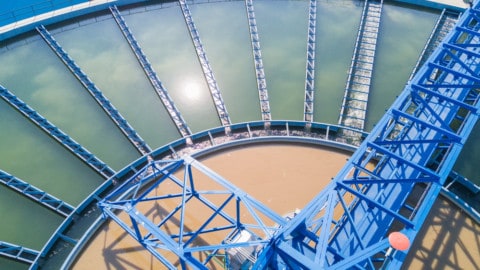By Richard Walker, Sales and Marketing Director, WEG Australia
The ever-present tension between price and quality is currently well and truly at the forefront of daily negotiations and thought processes, and the whole idea of achieving the best value proposition has never been more complex.
For such an old and simple technology, the induction motor can still be the basis of difficulties and confusion when making the best choice for any given application or project.
In simple terms, the issues relating to electric motors can be listed under four subgroups: electrical, mechanical, environmental, and certification and compliance, and within each of these categories, there are plenty of traps to fall victim to.
For a device that is commonly designed to operate for 15 to 20 years, and in many cases lasts much longer, the initial purchase decision can have significant cost consequences – both good and bad – for the end user.
Good choices for “future-proofing” a product with such a long service life are not only important for total-cost-
of ownership calculations impacted by reliability and efficiency levels, but are also critical for one of the most overlooked aspects not often considered: asset value.
Asset value, to be measured at any future moment in time through contemporary metrics, is something that management boards (and owners) are certainly aware of and are critically interested in. A typical demand from board level is: “We want all our operating assets to be high quality, contemporary, efficient, and reliable.”
But how is this playing out in current market conditions?
The term future-proof refers to the ability of an item to continue to be of value into the distant future, and not become obsolete. In a time when industrial design, environmental, and workplace health and safety trends are so dynamic, it’s not hard to envisage the many traps that await anyone who doesn’t put some serious thought into the purchasing of products that are generally expected to have such a long operational life.
A motor’s running costs over a three to six month period can easily equate to its purchase price. Imagine if your car had those running cost proportions! You would certainly be taking some time to think about the critical performance features of that car you were buying, and yet that is the exact situation in regards to electric motors.

W22 Industrial Motor

W22 Mining Motor
We all know the adage “you get what you paid for,” and while there may be some doubts as to whether this really does apply to motors these days, the fact remains: staying at the leading edge of design, manufacturing, and compliance, on all aspects of electrical and mechanical features, requires investment which does show through on the finished product, and its installed performance and reliability.
In today’s economic climate where the focus and pressure is on all “Capex” and “Opex,” the temptation is to forego all those sales features and simply look at that bottom line price. But at what long-term cost to the client?
Without consideration, many companies are simply driving price down to the lowest possible level, and taking their eye off the longer-term consequences.
With new efficiency standards proposed just around the corner (2018) and those inherent qualities that produce long-term reliability appearing to be easily and quickly undervalued, just what asset value will many of these end users end up with in a few years time?
The comparable cost between having a high efficiency, quiet, and highly reliable motor, compared to the cheapest available, is not that great, and the difference is easily made up through either energy running costs or a few hours of maintenance during repair, or early replacement.
Asset value, running costs, and long-term peace of mind – I suggest they’re the points that discussed with all your customers as you promote your brand and unique value proposition.
This partner content is brought to you by WEG Australia.
For more information, visit www.weg.net/au.

















